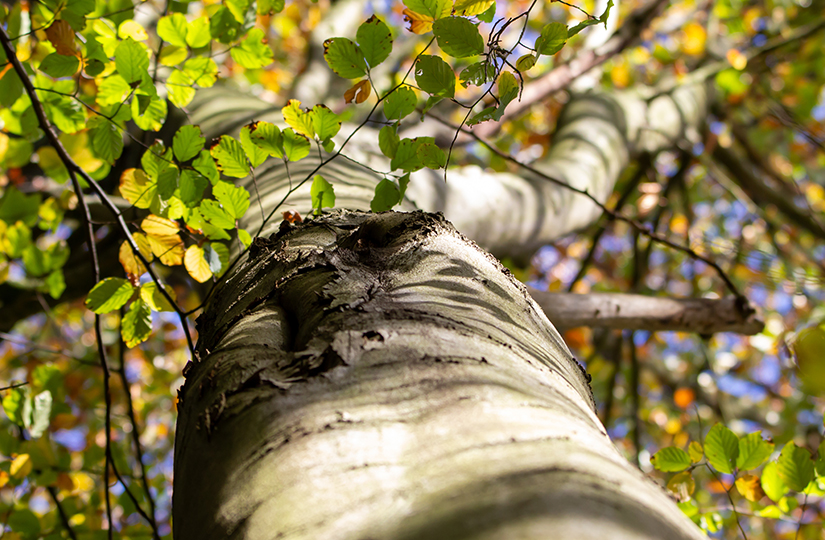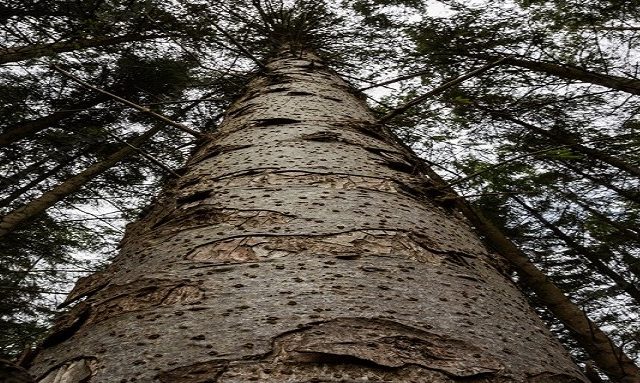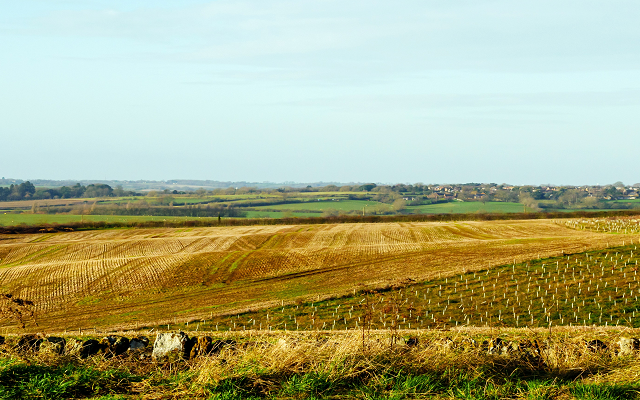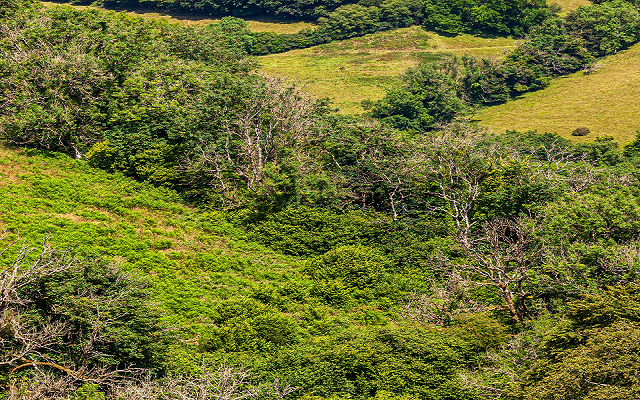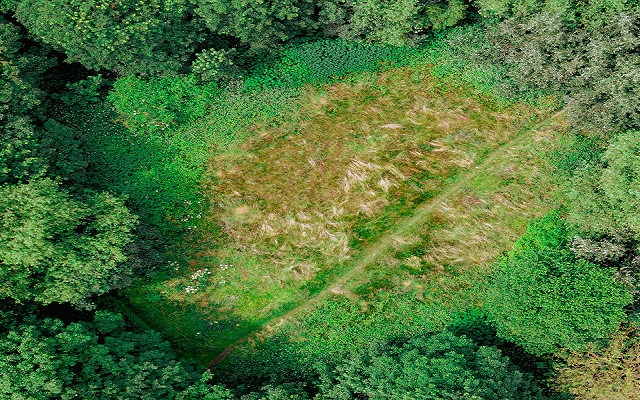3 key changes which could drive more tree planting
The UK has a well-publicised target of planting 30,000ha new trees annually to 2050, to take woodland cover across the country from 13% to 17%.
It is an enormous challenge – to reach this commitment we will need to see planting at a scale not seen for decades.
Woodland expansion has not been achieved at levels above 20,000 ha/annum since the 1980s, peaking in 1989 with just over 30,000 hectares planted.
Although there are some people who argue the national targets can be met through the delivery of a myriad of tiny planting schemes, it is our view that there will need to be mix of small- and large-scale projects.
So what are the practical steps that we need to implement to support tree planting, particularly on larger sites? What measures could be implemented which would help to enable the barriers to tree planting to be overcome?
1. Improved wildlife pre-screening
Substantial investment in wildlife constraint mapping is needed to guide afforestation efforts away from the most sensitive sites and towards areas with a ‘presumption in favour’.
Some work is being done to map breeding bird habitats to allow a degree of pre-assessment of sites, but significant improvements in mapping is required if the rate of woodland expansion is to increase.
Currently, potential land use conflicts are addressed via long, slow, detailed consultations on a site-by-site basis. But this lengthy process, coupled with the uncertainty of outcome, makes it very difficult to properly assess investment risk in advance of a land purchase and the timescales involved are incompatible with the normal open market purchasing process.
We are pleased to note that the new England Trees Action Plan recognises this problem suggesting that new mapping products and spatial datasets should be delivered so land managers have more clarity on opportunities for woodland establishment.
The goal could be to produce something similar to the Technical Advice Notice 8 (TAN8): Planning for Renewable Energy, published by the Welsh Government in 2005, which showed the areas most appropriate for large-scale wind farm development.
2. Improving the EIA process
Alongside developments in pre-screening, consideration needs to be given to how the Environmental Impact Assessment (EIA) process could be improved.
At present, whether a EIA is required will depend on the ‘sensitivity’ of the land type involved and the scale of the planting. However, for afforestation projects over 5ha – excluding those deemed to be in low-risk areas where different rules apply – an EIA is required. This is a process which can take years.
Regulation is essential to maintain environmental protections, but if ways can be found to streamline the EIA process to make it quicker and less costly it would remove a significant barrier to increasing planting.
One possibility for sites away from sensitive areas, might be to ease some of the EIA requirements until a threshold percentage of the land area under trees is reached, becoming increasingly stringent as the percentage of woodland increases to maintain a balance with wildlife needs.
3. The process of visioning
While there is generally strong public support for the principle of tree planting, some of this enthusiasm does start to fade when it comes to larger-scale schemes.
I believe that we need a national conversation about land use priorities and the need for large-scale landscape change if we are to meet the challenges of the coming decades in terms of food production, energy, wildlife, timber and carbon sequestration in our countryside.
We need to win the hearts and minds that changes to our landscapes are required in the journey to net zero by 2050. But what these changes look like can be difficult to comprehend.
We need to offer an attractive and engaging vision of how a more wooded landscape could look in areas of the UK which are currently tree-less and engage with people on how that could deliver a more diverse economy and ecology.
A visioning exercise will enable landowners and stakeholders to better understand that changes to our landscapes will be gradual and not as dramatic as one might think.
We have several good examples from around the country, in the form of Community Forests and National Forests, which present a future image of how a wooded landscape might look.
We also have wonderful examples of multipurpose forests such as the Forestry England’s Grizedale in the Lake District, producing timber, providing wildlife habitats, and attracting tens of thousands of visitors a year.
Conclusion
The stakes on climate change are high and inaction carries huge consequences for future generations.
We have an incredible opportunity to make a positive difference by planting trees and the economic and political environment has never been more favourable to deliver an expansion of woodland of all types. The financial capital is also available for the right type of planting project.
However, practical changes need to be implemented if we are to overcome the barriers holding us back.
Our specialist forestry team, John Clegg & Co, is available to advise on woodland creation at a commercial scale and on forestry as a long-term investment.
